Which Materials Are Used to Build Country Houses?
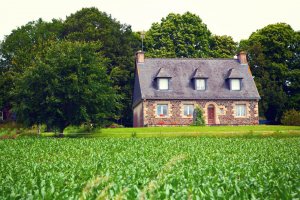
If you dream of owning a country house so that you can escape the hustle and bustle of city life, the first thing you need to know is how they’re built. In this article, we want to take a closer look at the materials that are used in country house designs.
Which materials are used to build country houses?
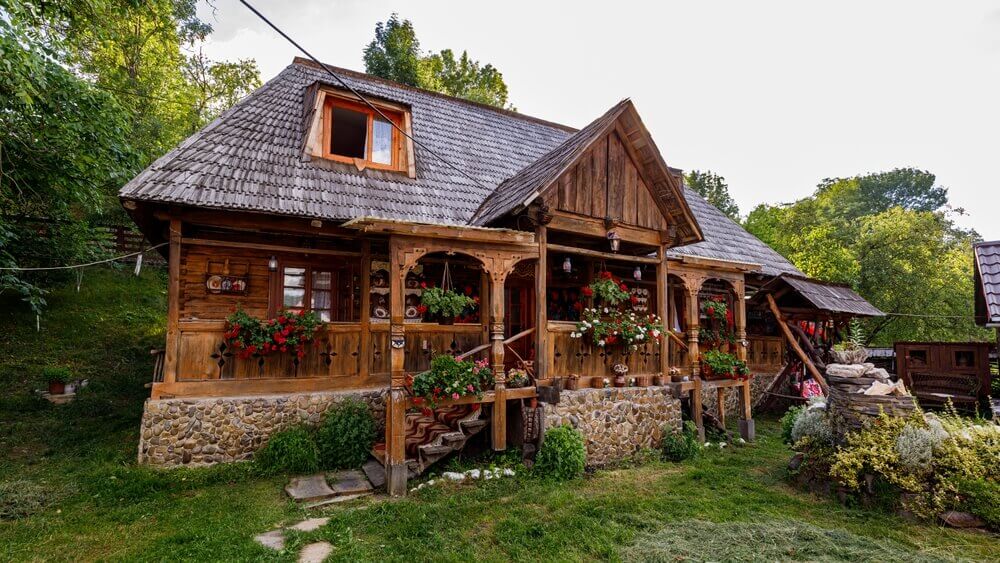
Country houses have once again been thrust into the limelight in recent times – and not without good reason. Many people choose to buy or build a home away from the city, giving them their own private refuge for vacations, weekend getaways, or even their retirement.
Of course, modern country living is very different from how it was a few centuries ago. Today, it’s almost always possible to access even the most remote villages via proper roads. Plus, you still have access to electricity, the internet, proper drinking water, and all the luxuries you can imagine.
The biggest difference between country and city life is the surrounding environment. Before choosing or building your country house, you’ll need to think about where it’s situated, and the views that it has to offer such as mountains, a lake, fields. You’ll also need to make sure that your house offers some kind of connection to the natural world.
A terrace, porch or balcony can serve as a link, putting you in contact with nature.
Country houses – materials
Your country house could be built in a modern architectural style such as minimalist or contemporary, or an older style, depending on the materials and the design. While country houses are usually bigger than city apartments, you don’t need to choose a particularly showy or ostentatious home. After all, simplicity is one of the main characteristics of country houses.
Today, you can build country homes out of all different kinds of materials. However, the most typical materials include:
1. Stone
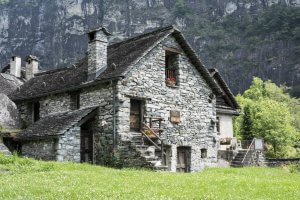
Stone is a rustic material. Although many people believe it has a cold feel to it (figuratively, as well as literally), no one can deny that it does have a certain charm.
Today, you can find both modern and ancient stone houses. Whether they’re made from granite, slate or marble, these houses are functional, picturesque and full of character. Among the many advantages of stone is that it’s sustainable, hard-wearing, sound-proofing, strong and low-cost.
Once you’ve built your stone house, you can pretty much decorate it however you like. Stone walls are best complemented by good lighting, wooden furniture, and a cozy stove or fireplace that will serve as the star feature of your room.
2. Wood
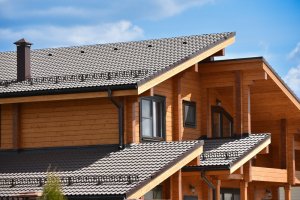
The key to having a beautiful wooden country house is to think carefully about the material you want to use, and where it came from.
There are many advantages to using wood for your home. Not only is it versatile, and antiseismic, but its high porosity will also allow you to regulate the humidity levels. And if all that weren’t enough, building with wood is far quicker than building with other materials.
Your country house could be made entirely out of wood, or combined with other materials, such as stone. Whatever you decide, good insulation, waterproofing, and special protection against insects and rodents will be essential, both for external surfaces that are exposed to the elements, and internal surfaces. You can even buy wood treatment to protect your home against fire.
3. Clay
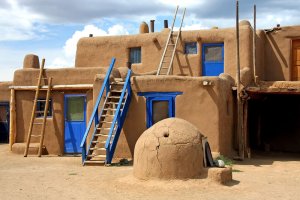
Can you imagine building your country house out of mudbrick, as your ancestors did? These houses can be one or two levels high and are known to be extremely hard-wearing if built correctly.
If you’re not feeling quite ready to build a mudbrick house by yourself, you can always ask a professional for help. It will be a challenge, but if you’re looking for a house that will blend seamlessly into the surrounding environment, it’ll be worth it.
A country house can be as modern or as traditional as you like, but what’s important is that it adapts to its surroundings.
All cited sources were thoroughly reviewed by our team to ensure their quality, reliability, currency, and validity. The bibliography of this article was considered reliable and of academic or scientific accuracy.
Silva, L. (2007). A procura do turismo em espaço rural. Etnografica. https://doi.org/10.4000/etnografica.1896